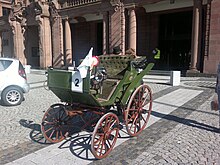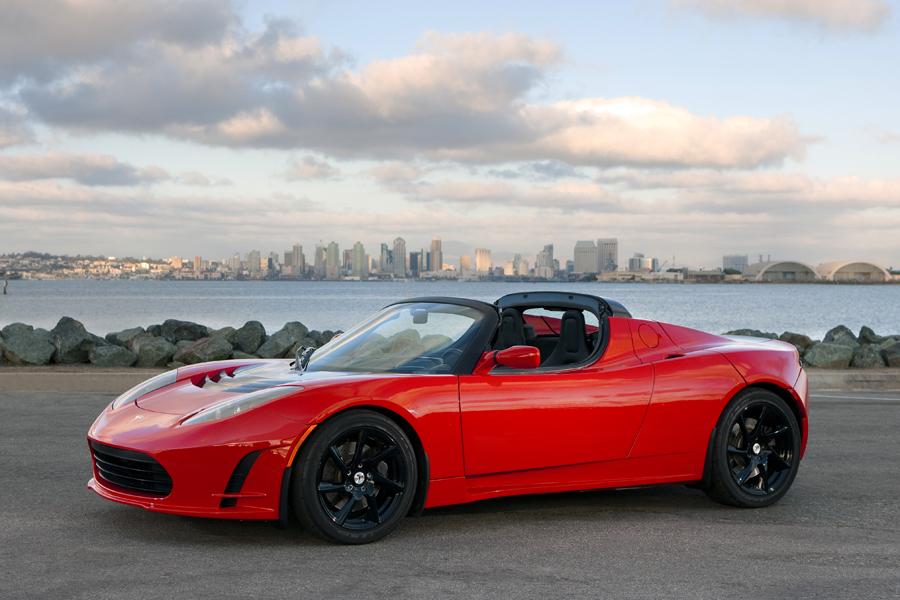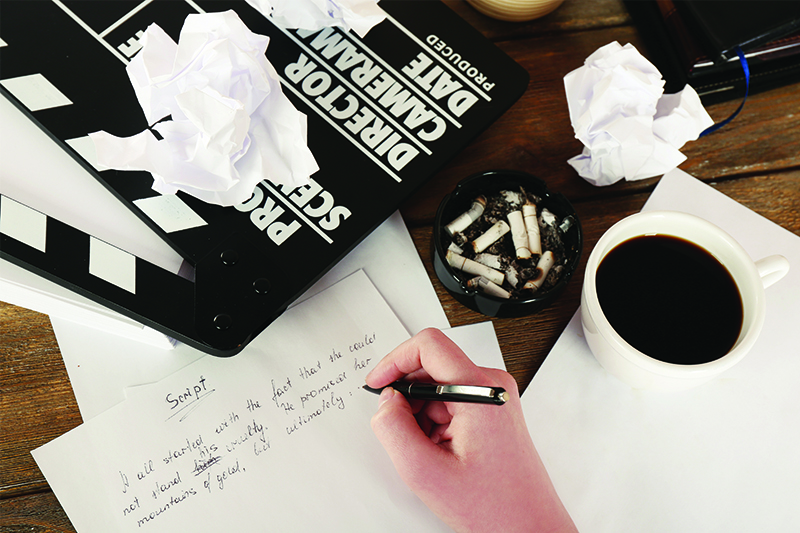TV News: A Brief History Of Electric Cars
As part of my ongoing research for this project I have put together a small timeline detailing the history and development of electric cars. This will help us be as informed as possible when it comes to collating a report on the subject.

1830's
Electric cars have actually been around for a lot longer than we think. They were a working concept in the early 1830's. However it is difficult to attribute the actual invention to one person alone.
Anyos Jedlik, Thomas Davenport, and Professor Sibrandus Stratingh are all thought to have been major contributors to the concept.
The first fully independent electric car was built by a man named Robert Davison in 1837. It was built by using very large and primitive batteries to motorize an existing frame.
Although it could carry six tones of weight, it could only move at around 4MPH and had a range less than two miles. This combined with its constant demand for new batteries (since they weren't rechargeable) meant it was highly impractical and never saw efficient use.
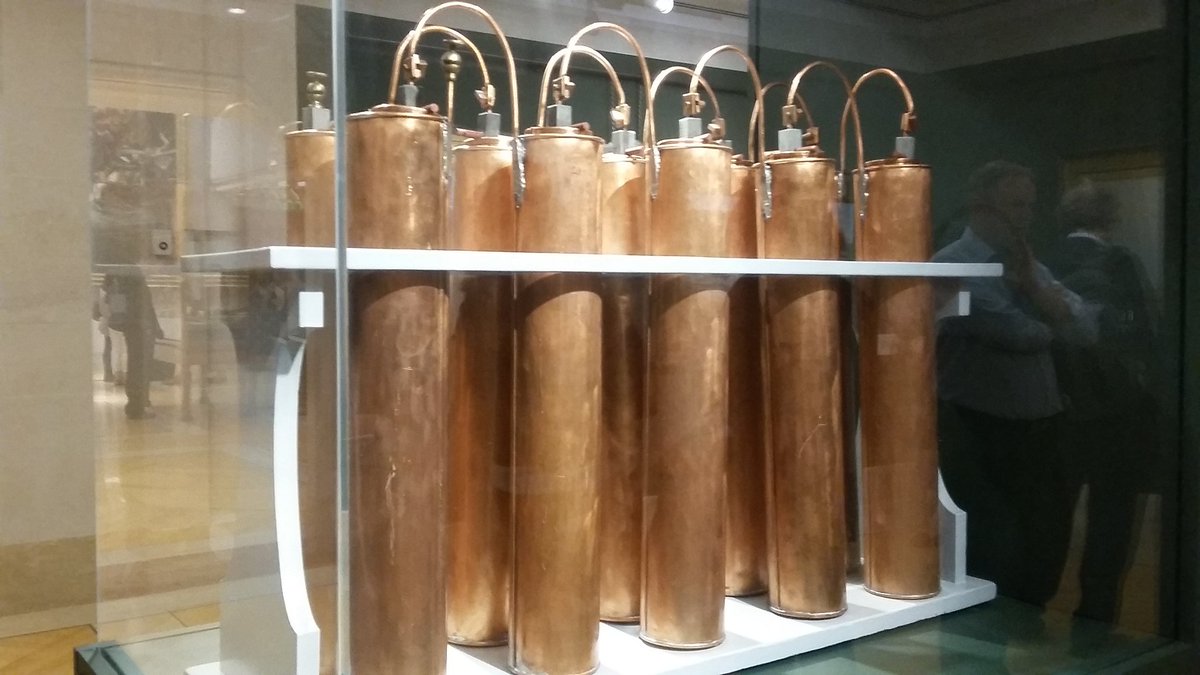
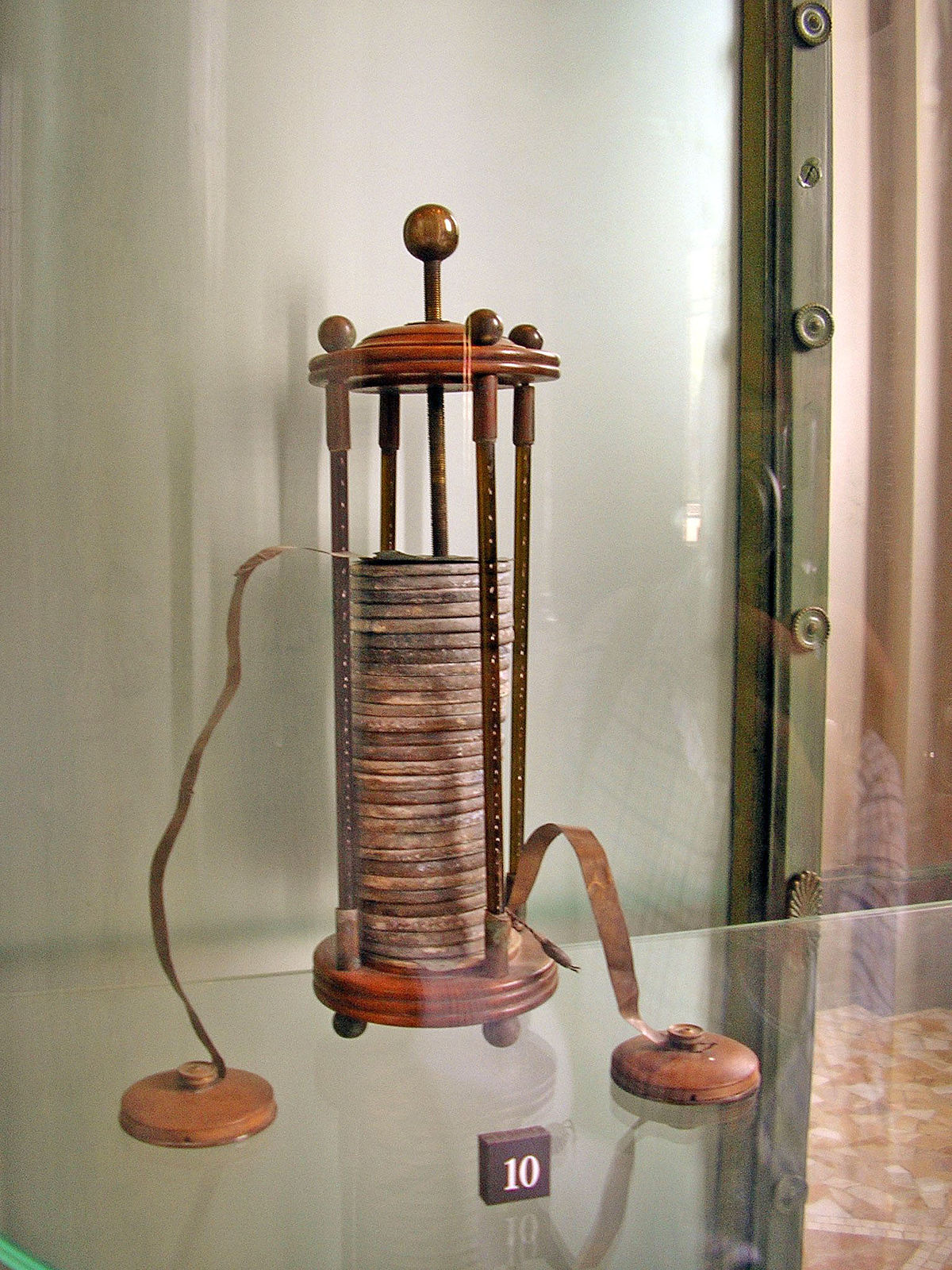
1859
This year saw the invention of the first acid based re-chargeable battery. Something that would become key in the development of electric cars. However there was little interest in this area at the time. So no major developments were made in electric cars for some time.
1882
Around this time the Elwell-Parker Company took control of the electric car industry. Later merging with a rival company, together over the next few years they produced a large number of small electric trams, that were mainly used in cities and mines since they didn't use up oxygen or produce toxic emissions. They had the monopoly on this market until the early 1990's.
1890's
Towards the end of the 19th century small electric vehicles began to pick up in popularity. Small battery powered taxis began to pop up in places like London and New York, nicknamed "humming birds" after the noise the motor made.
This next development in electric vehicles came from the USA. When an American inventor put together a practical electric car capable of carrying up to 6 people. Although a major development America didn't fully shift their attention to electric vehicles until around 1995.
1911
The first hybrid car was developed in Chicago.
Electric car popularity continued to grow, especially in America, thanks to the implementation of fast and widely available battery change services, as well as the majority of homes being wired in to mains electricity (allowing for charging at home).
In 1912 one report stated that 40 percent of American automobiles were powered by steam, 38 percent by electricity, and 22 percent by gasoline.
1920's
After the turn of the century and the beginning of the 1920's the "hey day" of the electric car industry began to dissolve and the popularity of electric vehicles declined as they were replaced by more efficient petrol models. However it was around this time that electric milk floats began to pop up all over Britain.
1950's
By this time the only remnants of the electric car age were the British milk floats, and the newly released golf carts. Major developments in this industry basically stopped for some time.

1960's
Development of electric vehicles continued over in the USA, but on a much smaller scale, America's big three car manufacturers all had electric car divisions but they were mostly there just for "tinkering" with new forms of batteries such as nickle, lithium etc.
1969
The next development in electric cars came from NASSA with it's very own fully electric lunar rovers.
1990's
In this period clean air and environmental organisations such as the California Air Resources Board began to raise environmental concerns about the impact of petrol car emissions. This led to a slightly revived interest towards the industry.
2000's
In the early 2000's manufacturers like Toyota developed a small number of electric cars, however these were never put on sale to the general public and were only available to rent for a small period of time before they abandoned the idea.

As a result of these big manufacturers abandoning the concept, small companies like the Reva electric car company, began cropping up in places like India. Dedicated to building micro electric cars (notably the REVA) for 1 or 2 people to use in city commutes.
Sales eventually made it across the pond to the UK, but the problem was these cars had a very low range/mileage capability.
Pike Research estimated there were almost 479,000 of these types of cars on the world roads in 2011. Many of them were in use in china but there popularity decreased due to safety concerns.
Tesla were one of the first manufacturers to offer something practical to the public. However they began development of their first "road ready" car in 2004 but took until 2008 to finally release the Tesla "roadster".
But this did help pave the way for modern electric cars, especially as they were proving more practical and environmental concerns were growing.
A number of other manufacturers followed suite in the years to come, with companies like Nissan, Citoren etc. all developing their own practical electric models between 2009 and 2011.
2012
This year saw the biggest rise in public charging stations which only helped the sale and promotion of electric cars.


2008-Tesla roadster 2010- Nissan leaf 2015-Renault Twizy/Zoe

Since then electric car sales have only continued to grow and the government hope they can fully replace petrol somewhere between 2030 and 2050.


